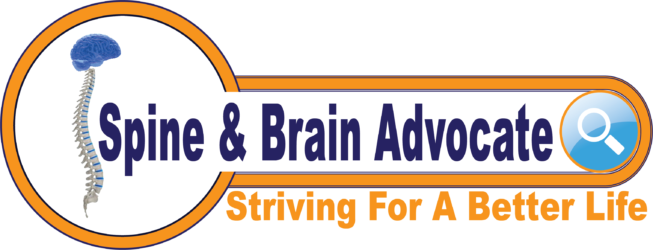Welcome to the Spine and Brain Advocate, a not-for-profit organization based in Canada dedicated to serving patients worldwide. Our mission is to empower individuals facing chronic pain, fatigue, and neurological symptoms with comprehensive medical information, enabling them to advocate for themselves and access the best available treatment. Our primary goals include:
1. Facilitating Access to 2nd Opinion Radiology Reports
We understand the importance of informed decision-making. Our aim is to guide those suffering towards obtaining detailed 2nd Opinion Radiology Reports by qualified Radiologists. This ensures a thorough evaluation of their condition and provides a foundation for an effective treatment plan, ultimately saving time, effort, and money.
2. Raising Awareness and Advocating for Healthcare Changes
We are committed to shedding light on craniocervical instability (CCI) and its associated co-morbidities. Through initiatives like the CCJ Patient Experience Survey, we aim to collect valuable information that can contribute to advocating for healthcare changes globally. Our focus is on building a compelling case that demands attention and action.
3. Serving the Global Brain and Spinal Instability Patient Community
Our outreach extends to the worldwide brain and spinal instability patient community and their families. We strive to be a supportive resource, fostering connections and providing valuable information to enhance the lives of those affected.
Mission: Building a Case for Change
At the heart of our mission lies a working hypothesis:
– A significant subset of individuals diagnosed with ME/CFS, Fibromyalgia, or those with congenital conditions, head and neck trauma, or infections may have craniocervical junction disorders.
– Unfortunately, a majority of healthcare professionals often overlook or underdiagnose spinal instability caused by ligament laxity.
– Craniocervical junction disorders are treatable, and a comprehensive, knowledgeable healthcare team can significantly improve outcomes.
Addressing the Scope of the Issue
ME/CFS
With over 580,000 Canadians and an estimated 836,000 to 2.5 million Americans living with ME/CFS, we question if craniocervical instability is under-investigated, potentially affecting millions.
Fibromyalgia
Approximately 900,000 Canadians and 4 million Americans are affected by Fibromyalgia. Could the prevalence of craniocervical instability be higher than currently recognized?
Whiplash
Whiplash affects thousands annually. The trauma it inflicts on the spine may result in craniocervical instability. Are structural issues in the craniocervical junction underdiagnosed in over a million North Americans?
Concussion
With 1.6 to 3.8 million sports-related concussions in the USA and 200,000 in Canada annually, we ask if some of these cases involve undiagnosed craniocervical junction issues.
Craniocervical Junction Disorders
Though statistics are limited, our working hypothesis suggests there could be over 6 million under-diagnosed cases in North America alone, warranting further research and attention.
#Call to Action
Our organization believes in the potential for positive change. Together, step by step, we can create a ripple effect that transforms the landscape for the underserved patient population dealing with craniocervical instability. Join us in our mission for a better, more informed, and empowered future.

